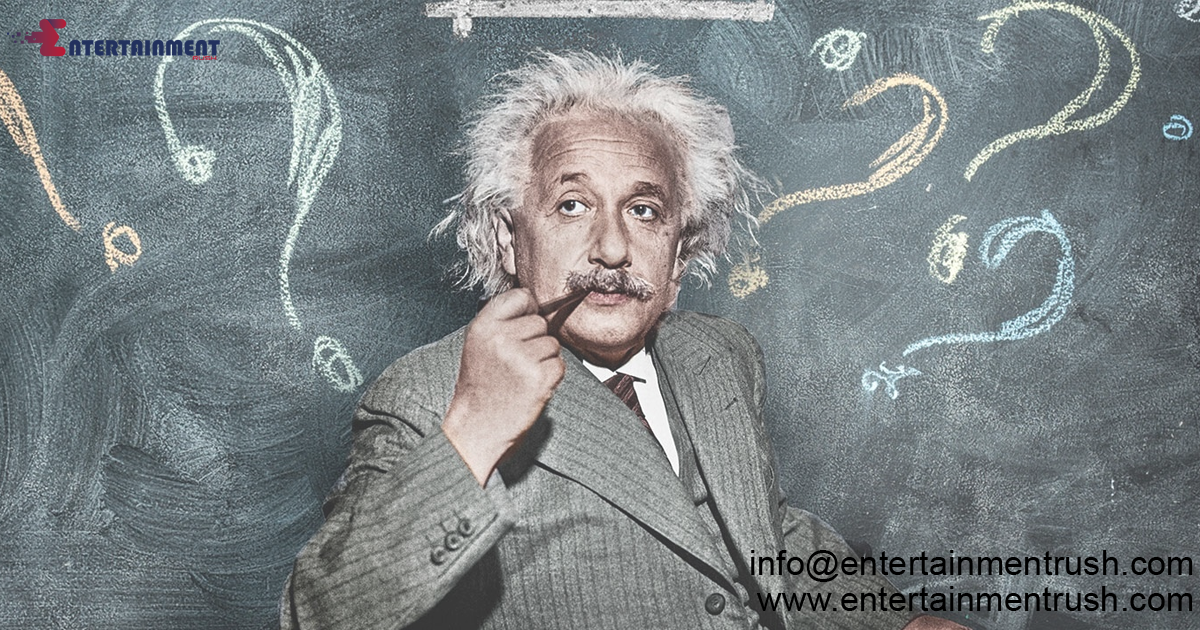The evolution of physics from the classical mechanics of Isaac Newton to the revolutionary theories of Albert Einstein represents one of the most profound transformations in scientific thought. This journey not only changed our understanding of the physical world but also reshaped the very fabric of how we perceive the universe and its fundamental laws.
The Newtonian Revolution
Sir Isaac Newton laid the groundwork for classical physics with his monumental work, Philosophic Naturalis Principia Mathematica (Mathematical Principles of Natural Philosophy), published in 1687. In this masterwork, Newton formulated his laws of motion and universal gravitation. His laws provided a comprehensive framework for describing the motion of objects on Earth and in the heavens, explaining phenomena from falling apples to the orbits of planets around the Sun. Newton’s deterministic universe was characterized by absolute space and time—a clockwork cosmos governed by precise laws.
The Challenges to Newtonian Physics
For over two centuries, Newton’s laws reigned supreme, providing the foundation for scientific inquiry and technological advancements. However, cracks in this classical edifice began to emerge as scientists probed deeper into the nature of light, electricity, and magnetism. In the 19th century, James Clerk Maxwell’s unification of electricity and magnetism into electromagnetism presented a challenge to the classical worldview. Maxwell’s equations described light as an electromagnetic wave, contradicting Newtonian concepts of space as a passive, unchanging backdrop.
The Birth of Relativity
The dawn of the 20th century ushered in a seismic shift in physics with the arrival of Albert Einstein’s theories of relativity. In 1905, Einstein published his theory of special relativity, which fundamentally altered our understanding of space, time, and motion. Special relativity demonstrated that the laws of physics are the same for all non-accelerating observers and famously introduced the equation
𝐸=𝑚𝑐2 linking mass and energy in a revolutionary way.
Einstein’s subsequent theory of general relativity, published in 1915, went further, proposing that gravity arises from the curvature of space-time caused by mass and energy. This radical departure from Newtonian mechanics provided a new framework to understand gravitational phenomena, explaining phenomena like the bending of starlight around massive objects.
Quantum Mechanics: The Next Frontier
While relativity reshaped our understanding of gravity and space-time, quantum mechanics emerged as another transformative branch of physics. Pioneered by Max Planck, Niels Bohr, Werner Heisenberg, Erwin Schrödinger, and others, quantum theory revolutionized our understanding of the microscopic world. Quantum mechanics introduced uncertainty, wave-particle duality, and probabilistic outcomes, challenging classical determinism.
The Legacy of the Modern Physics Revolution
The transition from Newtonian physics to the theories of Einstein and quantum mechanics marks a profound evolution in scientific thought. Modern physics has revealed a universe that is more complex, dynamic, and interconnected than previously imagined. It has also led to the development of technologies such as lasers, semiconductors, and nuclear power, demonstrating the practical impact of theoretical breakthroughs. the journey from Newton to Einstein represents a transformative epoch in human knowledge. It underscores the iterative nature of science each generation builds upon the insights of the past to push the boundaries of understanding further. The foundations laid by these great minds continue to inspire and challenge physicists today, reminding us that our quest to comprehend the universe is a journey without end.




Leave feedback about this